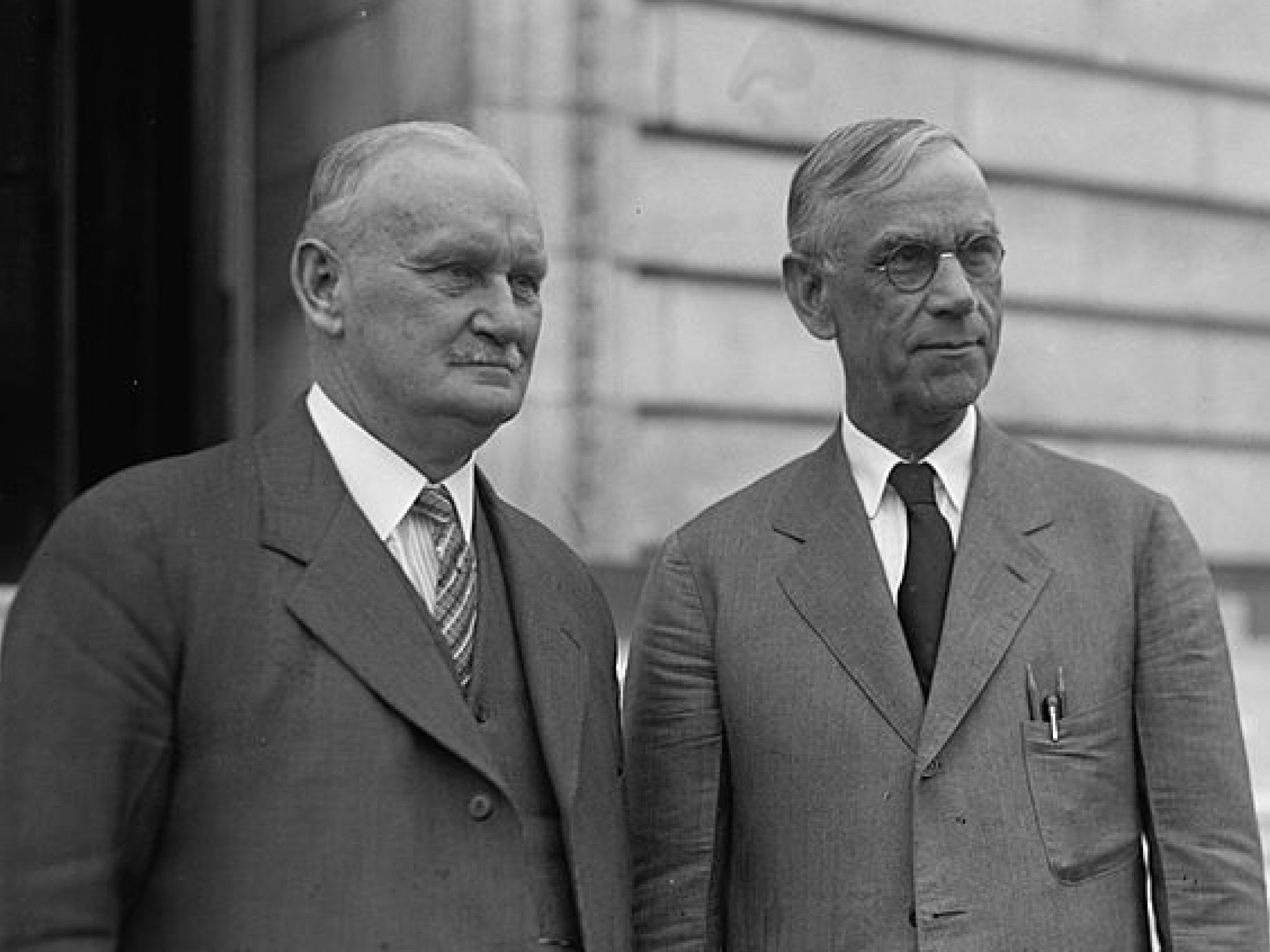
Each day, Benzinga takes a look back at a notable market-related moment that occurred on this date.
What Happened? President Herbert Hoover signed the Tariff Act of 1930.
Where The Market Was: The Dow closed at 228.57. The Tariff Act of 1930 predates the S&P 500.
What Else Was Going On In The World? In 1930, Mahatma Gandhi began his 200-mile nonviolent march to the salt beds of Jalalpur to protest British rule in India. The number of U.S. banks that have failed since the market crash of 1929 exceeded 1,350 as the Great Depression ramped up. The average price of a new house was $7,145.
Smoot-Hawley Tariff Act: The Tariff Act of 1930, also known as the Smoot-Hawley Tariff Bill, increased import tariffs on more than 20,000 good shipped to the U.S.
The bill was the result of an uptick in protectionism by politicians aiming to stave off the Depression, but experts believe the tariffs simply made things worse. Even at the time, 1,028 economists signed a petition to Hoover telling him to veto the Smoot-Hawley Tariff bill or he would risk further damaging the U.S. economy.
Hoover reportedly personally disagreed with the tariffs, but pressure from his Republican Party and a handful of influential business leaders ultimately convinced Hoover to sign the bill into law.
Senators Smoot and Hawley both lost their bids for re-election in 1932, and President Franklin Roosevelt once again lowered U.S. tariffs in 1934.







